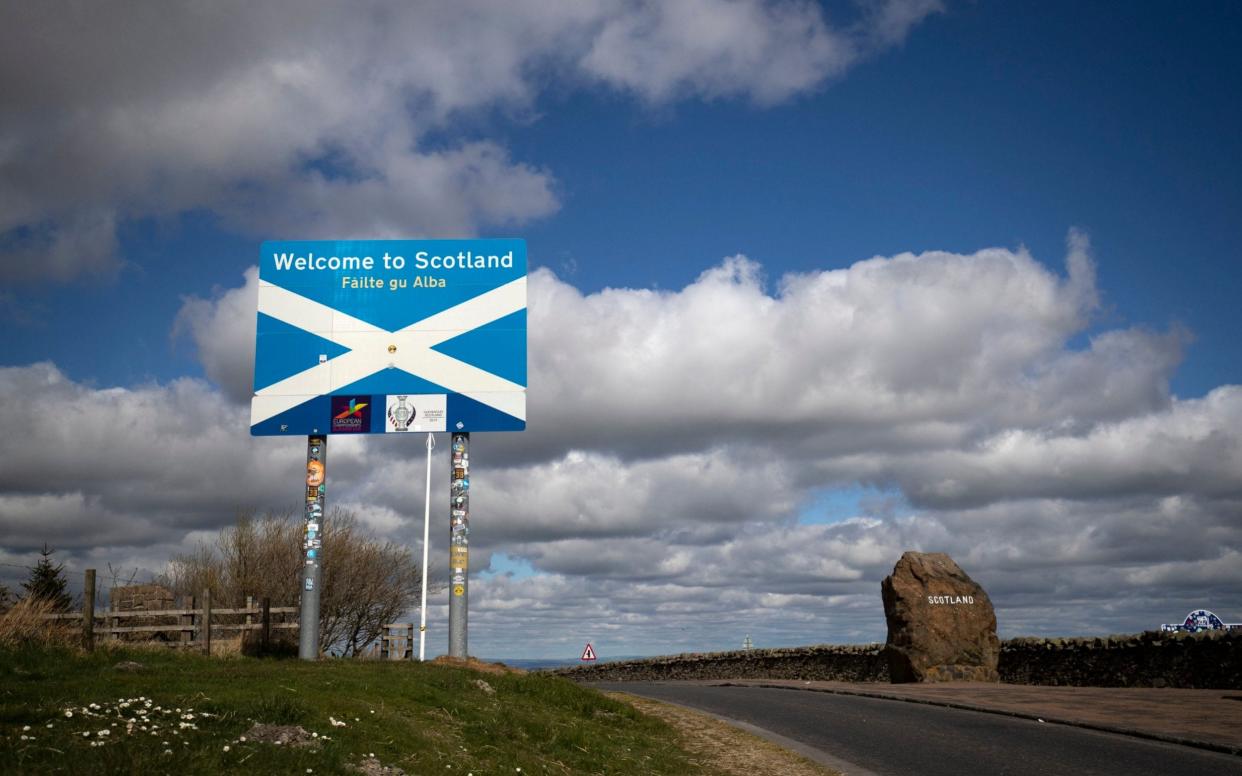Gaelic 'could die out within a decade' on Scottish islands, academics warn

Gaelic could die out in its Scottish heartlands within a decade, according to academics who warned there is too much focus on initiatives such as bilingual signs rather than preserving the language in the few communities where it is still widely spoken.
A new study has found that use of the language is dwindling among young people in the Western Isles, Skye and Tiree, even as popularity of Gaelic education schools in Glasgow and Edinburgh surges.
The SNP government in Edinburgh has spent tens of millions on attempts to promote the language over the last decade, but Conchúr Ó Giollagáin, Gaelic Research Professor at the University of Highlands and Islands, said not enough was being done to preserve it.
According to the study, while one in five teenagers in the communities where the language is traditionally spoken had some fluency in it, just 1.3 per cent mainly spoke in Gaelic when talking to their friends. Even the strongest Gaelic-speaking communities were described as being “in an advanced stage of language shift."
“The emphasis at the minute is on the progress they are making with Gaelic medium education, arts and media scholarships, that’s all fine and it’s laudable,” Prof Ó Giollagáin said. “But the main issue is the collapse of the community of speakers.
“Based on the current trends, we’re not going to have a community of speakers in ten years time. We’ll just have a few isolated networks of elderly speakers in these island communities.”
According to the Scottish Government, around £30m per year is spent on Gaelic, a figure that has risen by roughly a third since the SNP came to power in 2007. Around £13m is spent on Gaelic broadcasting, with a further £6.5m on Gaelic education and £5m on Bòrd na Gàidhlig, a public body set up to promote the language. In the period up to 2010, over £2 million was invested in providing bilingual road signs, although spending has declined drastically since then.
Prof Ó Giollagáin added: “They’re spending money on Gaelic issues already, the question is are they spending it in the right way, on the right priorities?
“The problem with the existing policy is it’s based on a misdiagnosis. It thinks if you increase the civic visibility of Gaelic it helps communities. It doesn’t. This policy has turned Gaelic into a cultural artefact, which is devoid of society.”
He called for an independent community trust to be established which could lead initiatives to preserve the language, such as creating bespoke employment opportunities for Gaelic speakers and schemes to help spread use among children.
It is thought that around 11,000 people still regularly speak Gaelic in their everyday lives, although most are aged 50 or above.
A Scottish Government spokeswoman said ministers were “interested” in the proposals put forward.
She added: "Although the Gaelic language is in a fragile condition there are a range of policies and interventions in place to promote the learning, speaking and use of Gaelic in the islands and these are constantly kept under review."


